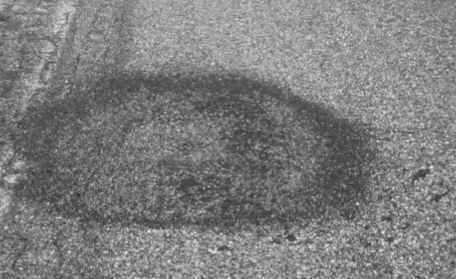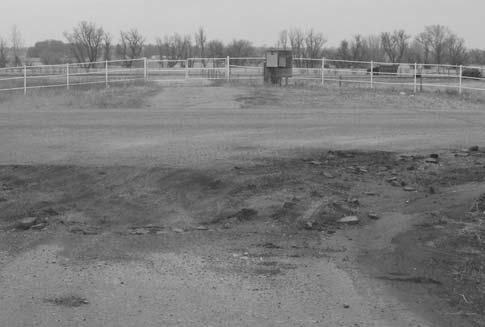
4 minute read
Spring Maintenance Season is Upon Us
By Greg Vavra & Ken Skorseth, SDLTAP
A recent visit with a retired street superintendent was interesting. He stated the spring pothole and breakup period on paved streets was his biggest challenge in nearly 30 years of management. This article will focus briefly on a good approach to spring pavement repair.
Advertisement
Some good advice is always focus on long-term pavement management. That may be hard to do when there are immediate needs and citizens are clamoring for quick response to their complaints. The common pothole often causes the biggest headache. It is best to patch small potholes as quickly as possible before the problem expands to major pavement breakup.
The challenge is what is the most effective way to patch potholes? It’s never easy when it is cool and wet. On very low volume streets (i.e., under 50 vehicles per day), it may be cost effective to simply put recycled asphalt or even gravel in the holes for a quick fix until the subgrade stabilizes, the weather warms, and permanent repair can be done. Cold-mixed asphalt still works, but not without preparation. First, a way of drying and blowing debris out of the hole needs to be done. Next, the mix needs to be warm and workable. Some agencies use “hot trailers” or often referred to as a “hot box” to do this. That is very helpful, but be careful not to overheat the mix and harden the binder in the mix. Finally, always do some method of compaction even if it is just wheel compaction with a maintenance vehicle. Never use the old “throw and go” method! Simply throwing some patch mix in the hole and moving on, assuming traffic will compact it, does not work.
Higher quality patching methods, such as, spray injection or full-depth cutout and replacement of base and surfacing have much higher success rates. Spray injection requires the right type of emulsified binder that is compatible with the stone being used and a skilled worker at the end of the spray injection hose. That may not seem important, but operator skill really is a key factor in spray injection patching. Full-depth cutout is generally done later in the season.
There are many specialty pothole patching mixes on the market. We advise caution in selecting one of these products. Some have provided reasonably good performance; some have failed. As with any product, we advise testing it in small quantities before making a commitment for a large purchase. Most of these are expensive in cost per ton, but could be very cost effective if they perform well. Some of you may be aware of a recent test of a product called Aquaphalt™ by the City of Sioux Falls. The manufacturer guarantees the product will work even when placed with water in the hole. We will monitor this and report to our customers.
Once again, we advise: always think long-term. If a street is in overall fair to poor condition, don’t spend a lot of money on repairs. If it is scheduled for rehabilitation in the near future and traffic volume is low, it may be wise to temporarily place reclaimed asphalt over the holes or even some good quality surface gravel. Another thing to consider: if utility replacement is scheduled in the next year or two, don’t spend a lot of money on street repair
Spray Injection Repair.

Breakup at edge of town. Pavement Digout Repair.

since major repair will have to be done again during utility construction.
Here is some final advice. Many potholes and nearly all major pavement breakup is due to poor base and subgrade strength and/or poor drainage. Repair of subgrade and base is generally the real key to pavement performance along with good drainage. That type of repair cannot be done until later in the season when soils are stable, haul roads are stable and weather is suitable for a larger project. However, this repair is the most cost effective in the long term. The article will not cover construction techniques, but removing weak and unstable soils – generally to a depth of 12 to 18 inches, possibly using geotextile fabric stabilization over the prepared subgrade, then bringing in good quality base aggregate and compacting it in fairly thin layers will correct 90% of the problems that lead to surface problems in pavement.
We want all of our customers to have a good maintenance season in 2016.
For more information contact Greg Vavra, SDLTAP Program Manager, email Gregory.vavra@sdstate.edu or call 605-695- 0901.
















